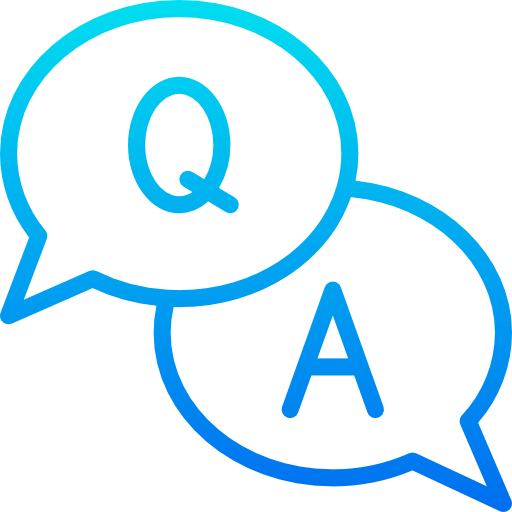Chlorobenzene is formed by reaction of chlorine with benzene in the presence of \(AlCl_3\). Which of the following species attacks the benzene ring in this reaction?
(a) \(Cl^+\)
(b) \(Cl^-\)
(c) \(AlCl_3\)
(d) \({[\\(AlCl_4\\)]}^-\)
(a) \(Cl^+\)
(b) \(Cl^-\)
(c) \(AlCl_3\)
(d) \({[\\(AlCl_4\\)]}^-\)
(a) \(Cl^+\)
Which of the following will have the maximum dipolemoment?
(a) \(CH_3\)F.
(b) \(CH_3\)Cl.
(c) \(CH_3\)Br.
(d) \(CH_3\)I.
Benzene reacts with \(CH_3\)Cl in the presence of anhydrous \(AlCl_3\) to form:
(a) chlorobenzene
(b) benzylchloride
(c) xylene
(d) toluene
Molecules whose mirror image is non-superimposable over them are known as chiral. Which of the following molecules is chiral in nature?
(a) 2-Bromobutane.
(b)1-Bromobutane.
(c) 2-Bromopropane.
(d) 2-Bromopropan-2-ol.
The reaction R-Br + NaCN → R – CN + NaBr is an example of –
(a) Elimination Reaction.
(b) Nucleophilic Substitution.
(c) Electrophilic Substitution.
(d) Oxidation Reduction.
When Benzene diazonium chloride is treated with cuprous chloride in HCl, Chlorobenzene is formed, This reaction is known as –
a) Etard Reaction
b) Perkin’s Reaction
c) Gattermann’s Reaction
d) Sand Meyer’s Reaction
Which is the most reactive towards SN1 reaction –
a) \(C_6\)\(H_5\)\(CH_2\)Cl.
b) \(C_6\)\(H_5\)CH(\(C_6\)\(H_5\))Br.
c) \(C_6\)\(H_5\)CH(\(CH_3\))Br.
d) \(C_6\)\(H_5\)C(\(CH_3\))(\(C_6\)\(H_5\))Br.
The reaction \({\\(CH_3\\)}_2\)CHCl + NaI → \({(\\CH_3\\)}_2\)CHI + NaCl is known as –
a) Finkelstein’s reaction.
b) Stephen’s reaction.
c) Kolbe’s reaction.
d) Wurtz reaction.
The reason for double helical structure of DNA is operation of-
(a) electrostatic attractions
(b) dipole-dipole interaction
(c) van der Waal’s forces
(d) hydrogen bonding
Silver crystallises in f.c.c. Lattice. It edge length of the unit cells is 4.07 × \(10^{–8}\) cm density and ism 10.5g \(cm^{–3}\). Calculate the atomic mass of silver.
(A) 144 g/mol
(B) 125 g/mol
(C) 106.6 g/mol
(D) 213 g/mol
Which of the following factors is not responsible for the denaturation of proteins?
(a) Heat
(b) Charge
(c) pH change
(d) Organic solvents
Which of the following alcohols reacts most readily with Lucas reagent?
Which statement is incorrect about peptide bond?
(a) C-N bond length in proteins is longer than usual bond length of C-N bond.
(b) Spectroscopic analysis shows planar structure of -CO-NH- group
(c) C-N bond length in proteins is smaller than usual bond length of C-N bond
(d) None of the above
Metallic radii of some transition elements are given below. Which of these elements will have highest density?
Which is the correct increasing order of boiling points of the following compounds?
1-Iodobutane, 1-Bromobutane, 1-Chlorobutane, Butane
(a) Butane < 1-Chlorobutane < 1-Bromobutane < 1-Iodobutane.
(b) 1-Iodobutane < 1-Bromobutane < 1-Chlorobutane < Butane.
(c) Butane < 1-Iodobutane < 1-Bromobutane < 1-Chlorobutane.
(d) Butane < 1-Chlorobutane < 1-Iodobutane < 1-Bromobutane.
